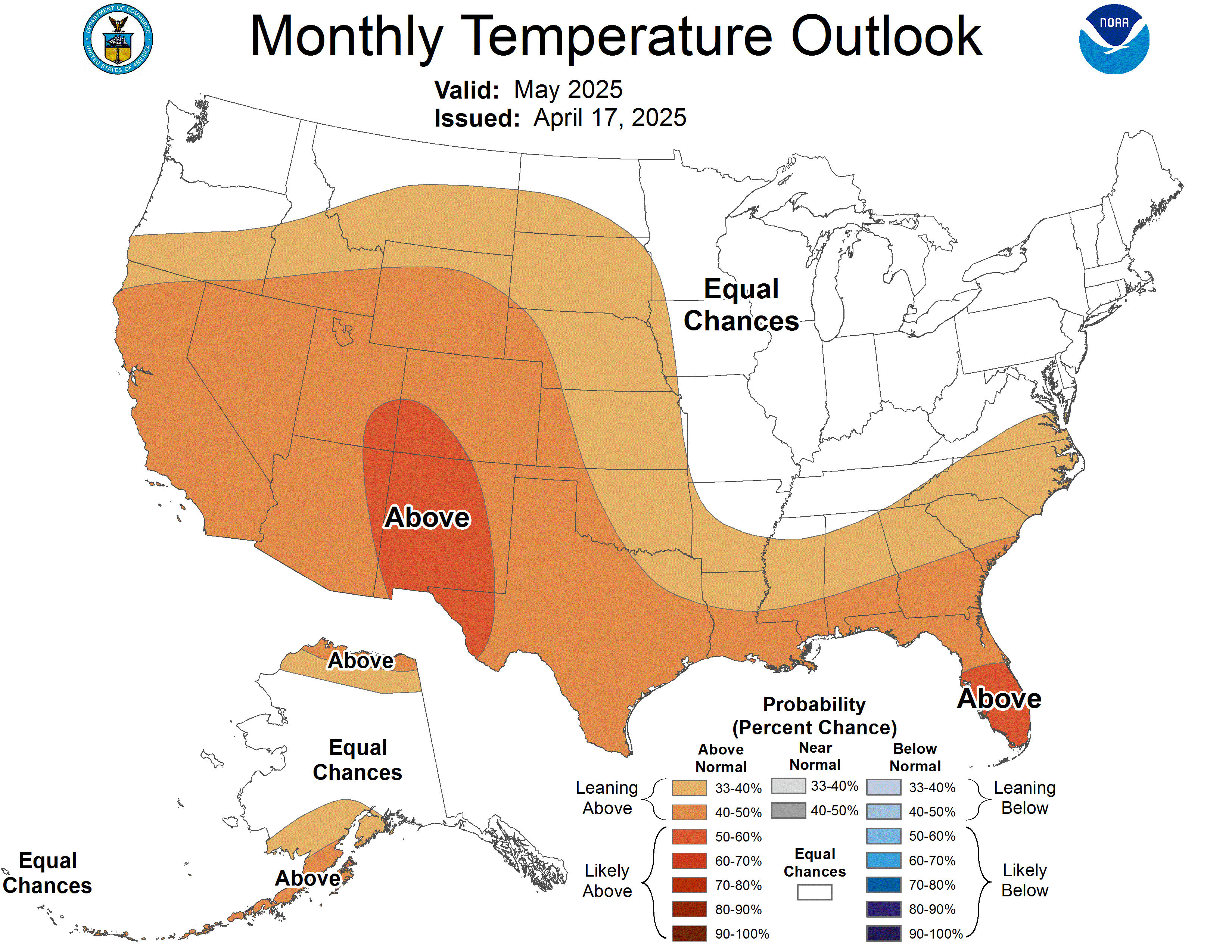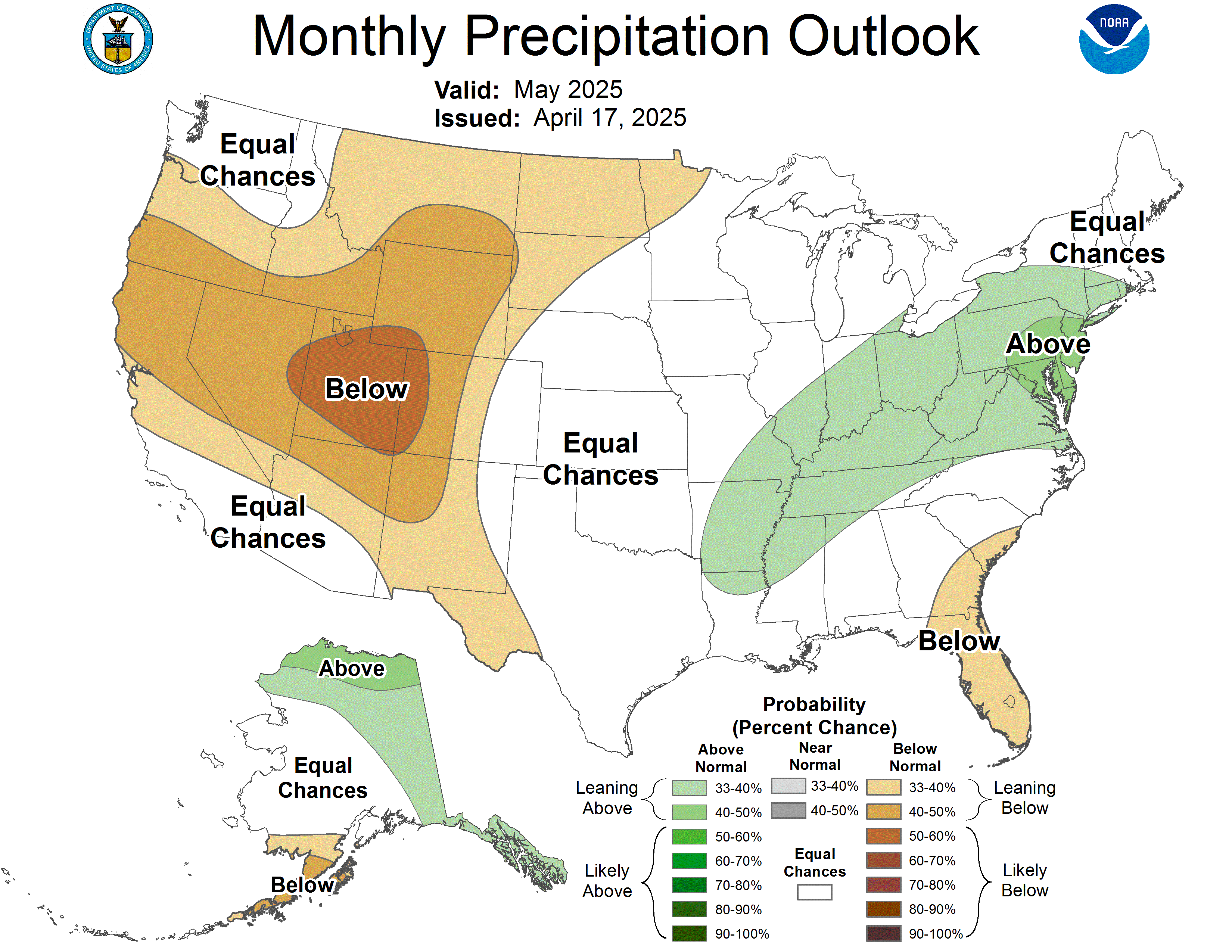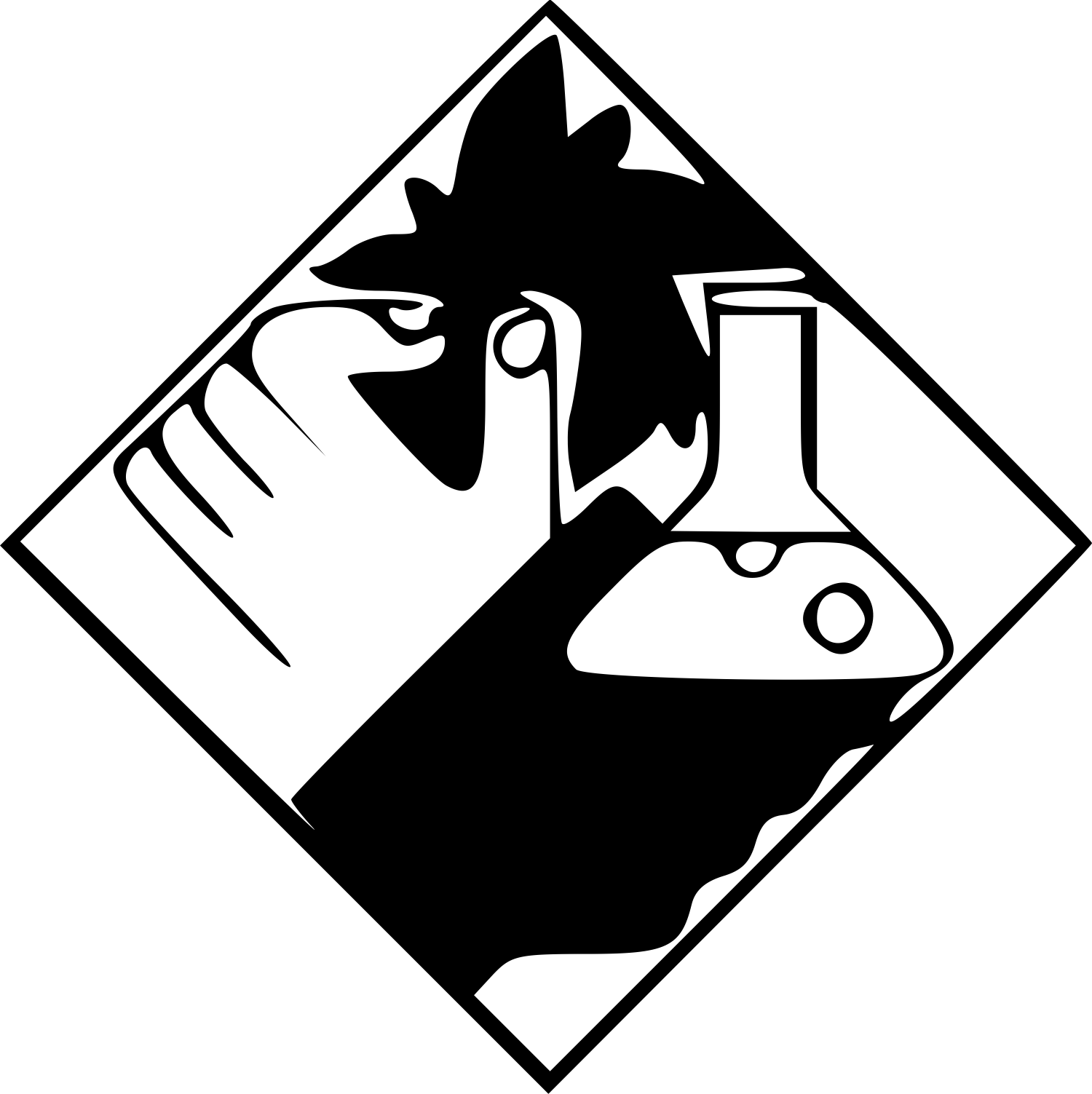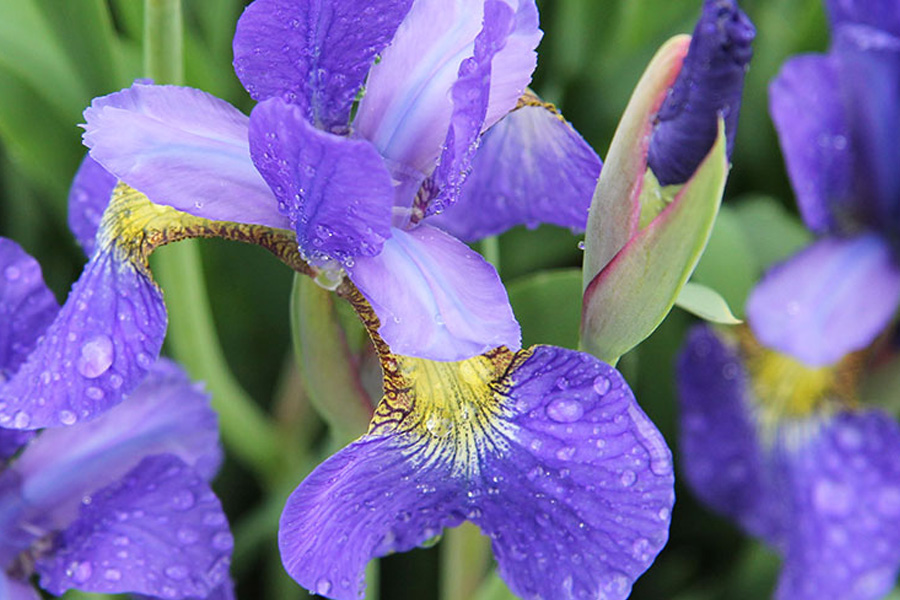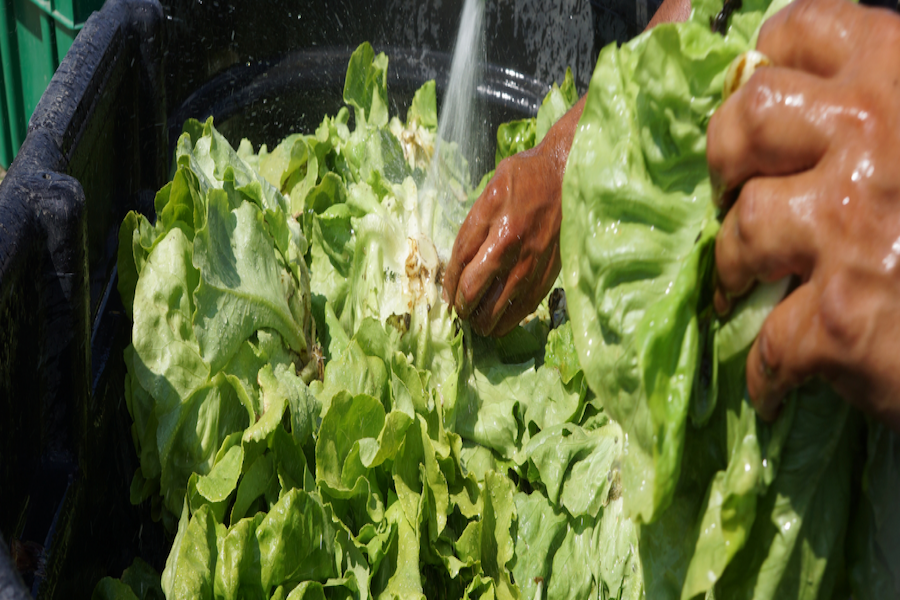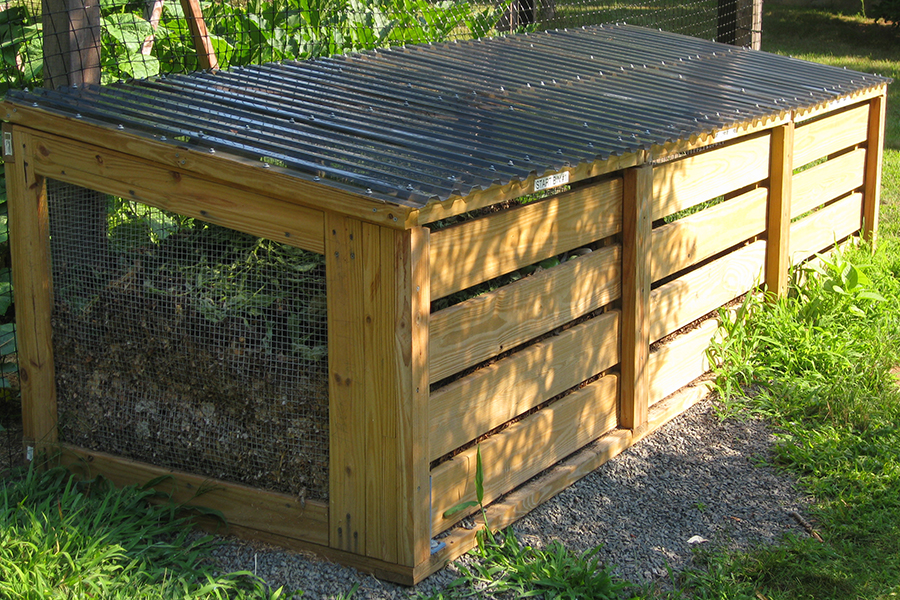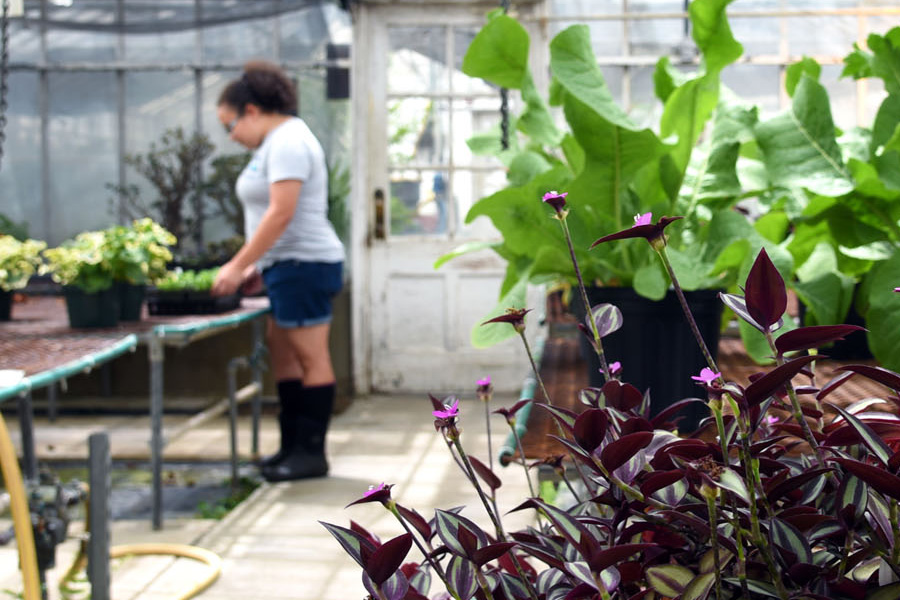The UConn Home & Garden Education Center (HGEC) is a horticultural informational resource for the citizens of Connecticut and beyond. The staff at the Center reach nearly 400,000 citizens in outreach efforts each year.
News & Announcements
The UConn Home & Garden Education Center is open 8:00 AM – 4:00 PM Monday – Friday
Send your questions to ladybug@uconn.edu, call us at 877-486-6271, or stop in to the Ratcliffe Hicks Building (Room 004) with your plant questions!

Fact Sheets
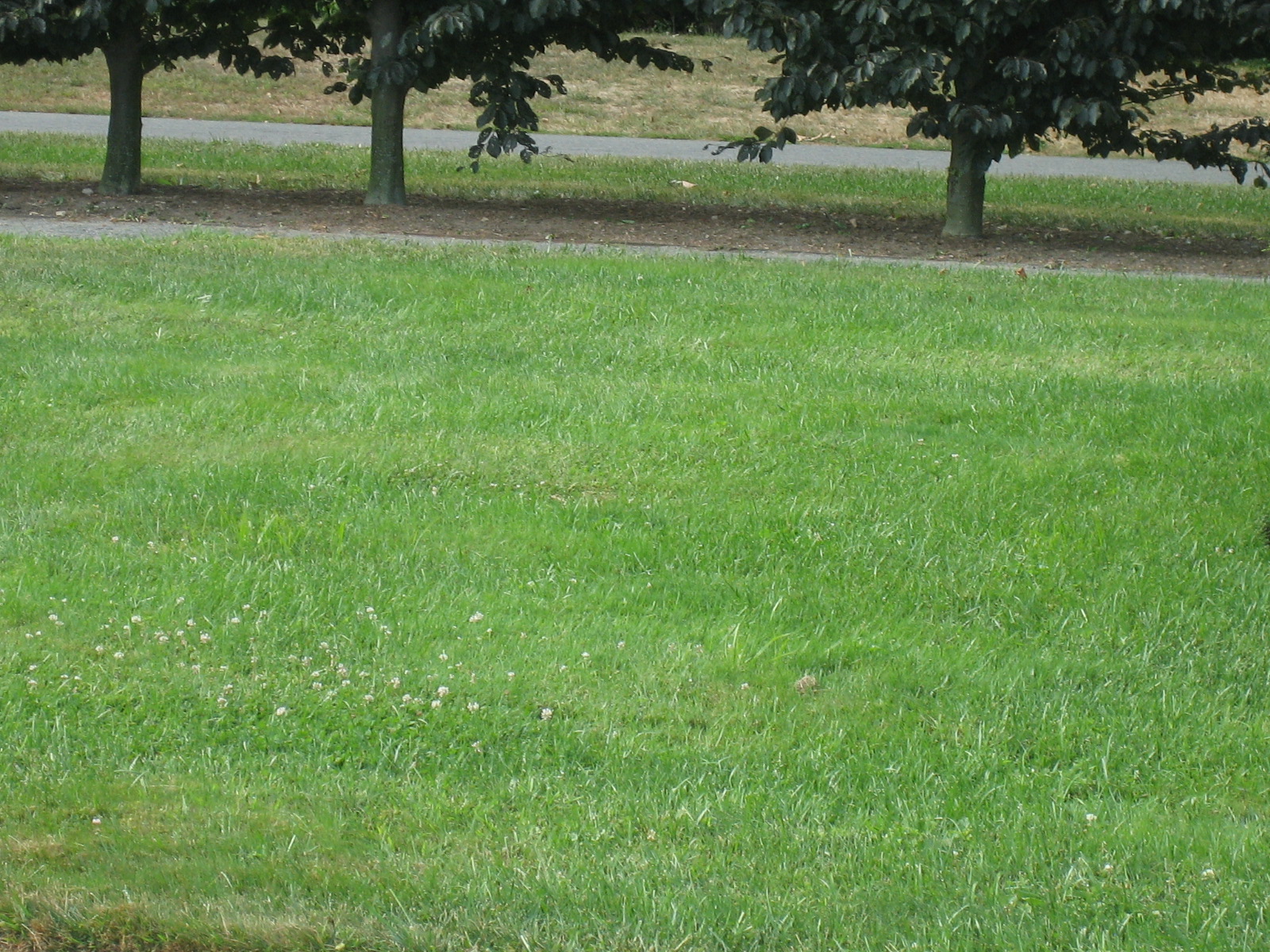
Monthly Spotlight:
Crabgrass Control
Gardening Tips

Gardening Tips for April
E-Newsletter
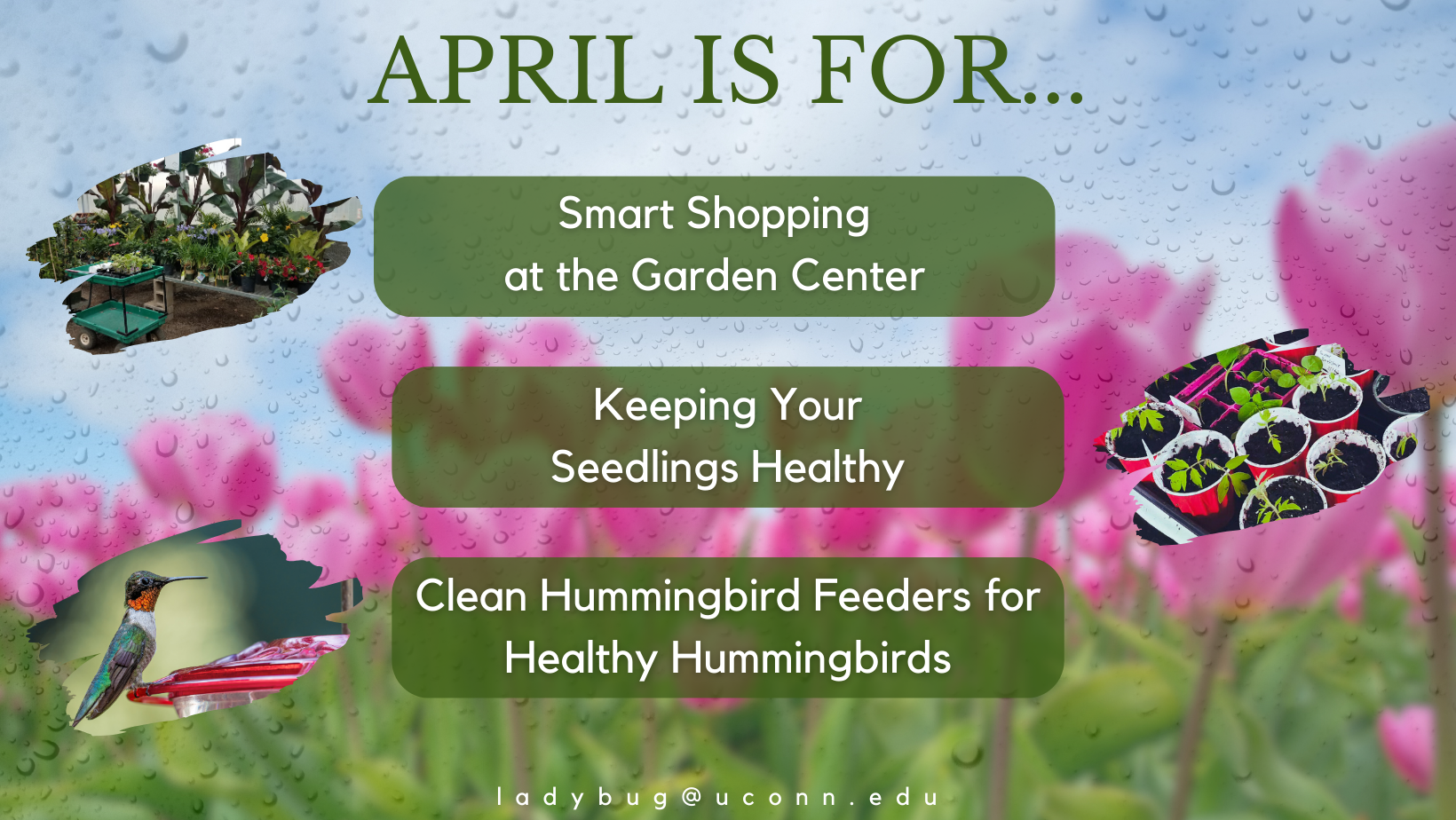
Smart Shopping, Healthy Seedlings and Other April News

"Money can't buy happiness, but it can buy plants, and that's the same thing."
- Unknown
Smart Shopping At The Garden Center!
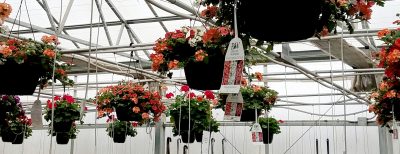
This time of year is when the trucks start filling the garden centers with fresh plant material and new varieties! Growers who have been growing their new stock will start to
release their products both in retail and wholesale spaces. We're starting to look closer at what's coming for the new season and dreaming on gardens to come! Here's a few smart shopping tips for going into the garden center this spring!
- New Varieties are "released" into the grower markets before they hit the retail market. It may still take a couple seasons to make it to your patio! When looking at new material, grower catalogs display what they plan on providing to their customers (garden centers) and therefore are more reliable.
- Many garden centers order their plants in the fall of the previous year, so availability, especially for new varieties, can be very tight!
- New introductions usually have been through years of display gardens, trials and other testing conditions to make sure that they will perform well in our zone and climate.
- Not every garden center will carry every variety available. Many will choose to focus on a select few they've selected for their client base.
- When substitutions are necessary, select a substitute that will meet your target size, growing conditions and maintenance expectations. Avoid decisions based on physical features alone.
- Some perennials and flowering shrubs may have been forced to flower early in order to sell this spring. These plants will correct themselves to their "normal" schedule once they complete a season in the ground.
- Planting your garden in "stages" will help you extend your budget, but it will also give you a chance to see how plants grow into the area.
- When considering plant size, ask yourself the following questions:
- Can I handle digging and planting this by myself?
- How quickly do these plants grow in one season?
- Am I willing to wait multiple weeks/months/seasons for it to grow in, or do I want instant gratification?
Keeping Your Seedlings Healthy
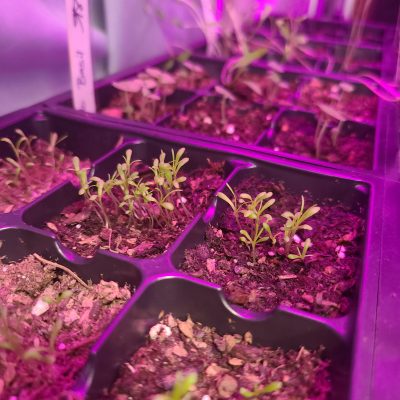
In February, March, or even April we're starting seeds. Gardeners spend a lot of time and energy in picking out the right lights, creating the ideal conditions, and helping those seedlings get the right start. We're here to tell you keep up the enthusiasm! Here are few tips to keep your seedlings in good shape until you're ready to plant.
- Maintain a consistent moisture across all cells.
- Don't be afraid to thin or transplant seedlings into slightly larger cups or containers once true leaves are showing.
- Maintain light! The height of your grow lights may need to be adjusted after germination to keep seedlings reaching for sunlight.
- Air circulation is crucial! Consider using a fan on a low setting to keep air moving and to help strengthen young stems.
Clean Hummingbird Feeders for Healthy Hummingbirds
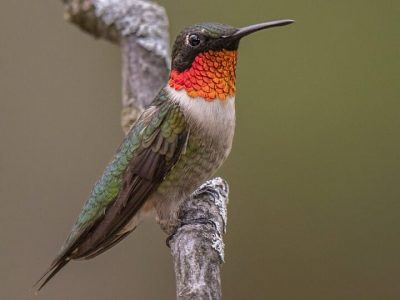
Each spring, ruby-throated hummingbirds embark on their annual migration north to Connecticut from Mexico. These migratory journeys, which can span hundreds or thousands of miles, require immense preparation and a shocking amount of energy from these small birds - the smallest in the world. Their spring migration north is a solitary journey with the goal of getting to their breeding grounds early enough to claim the best feeding territories. They will be very hungry and in need of nourishment when they arrive. Putting out feeders in anticipation of their arrival- early April- will help with their transition until the flowers are in bloom. Proper care of the feeders will ensure these little birds stay happy and healthy during their stay until they begin their migration south in the fall.
Native Plant Highlight: Red Trillium
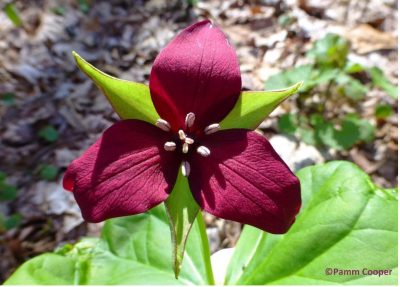
Also known as red wakerobin, Trillium erectum is a native plant that blooms in late April. The rather putrid-smelling flowers are pollinated by flies. Found in open deciduous woodlands, it is often found among bloodroot, ramps and violets. Flowers vary in color, sometimes being green, white or pale red. Moths may also visit the flowers.
Be On the Lookout: Mourning Cloak Butterfly
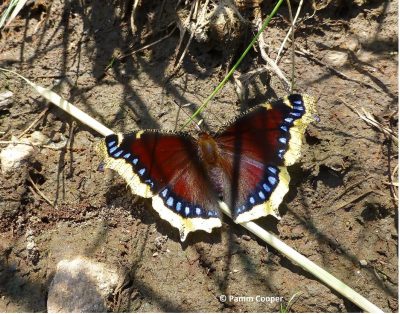
Mourning cloak (Nymphalis antiopa) is a large brush foot butterfly that overwinters in its mature form. It is one of the first butterflies seen in late winter- early spring and are sometimes seen flying on warm winter days. Seldom visitors to flowers, these butterflies lap tree sap, dung, mud and ripe fruit. Caterpillars are found mostly on willows and elms living in communal groups in silken shelters. Look for them when willows begin leafing out. These butterflies may be the longest living ones in North America.
The CT Native Tree & Shrub List Has Been Updated for 2024!
UConn Extension and CT DEEP Wildlife Division have released an updated list of CT native plant selections and businesses that grow and/or sell these plants! We shared the 2023 list last month. See below for the updated list for 2024. One of the biggest updates is that the list now also includes native perennials!
2024 Connecticut Native Perennial, Tree & Shrub Availability List
Blueberry Growers: Prevent Mummy Berry This Spring
UConn Extension's Fruit Expert, Evan Lentz, has advice for people that had blueberry mummy berry problems last year: " I’ve seen Forsythia beginning to bloom already. This means that we need to make sure to get down a 2-4” layer of mulch on our blueberries if you haven’t done so already. Forsythia bloom times coincide with the maturity of the overwintering spores that are currently on the ground under your bushes. We are a bit away from having the conditions required for infection (50-62°F) which makes this the perfect time to apply that mulch."
Knowledge to Grow On

Read our Ladybug blogs written weekly:
Upcoming Events and Things to Do
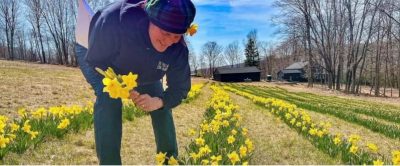
- Connecticut Audubon Walks- there are many walks scheduled around Connecticut for the month of April. The website also has Audubon centers and Ct. sanctuary sites. Late April is also the start of the spring bird census.
- Sky's the Limit Hiking Challenge - Hosted by CT Parks & CT DEEP. March 22, 2024 - December 6, 2024
- City of Hartford Earth Day Celebration, April 22
- Pick your own Daffodils or Tulips!
- Halfinger Farms- pick your own daffodils at this historic 1790 property on Candlewood Hill Road in Higganum. They recommend calling first for picking status- 860-345-4609.
- Wicked Tulips, Multiple locations. Check out their bloom reports for details of each location.
- Total Solar Eclipse - April 8th, 2024 - View details about where, when, and how much coverage we will see!
- Colorblends Spring Bulb Garden display - Bridgeport, CT. April 1- May 12. Features spring bulbs like snowdrops, crocus, daffodils, tulips, alliums and others that bloom in sequence. Located in Bridgeport.
- Visit Historic Homes and Gardens in Connecticut- Visit gardens and homes like the Henry Whitfield Museum in Guilford, Leffingwell House and Norwich, the Florence Griswold Museum in Old Lyme and the Rosewood Cottage in Woodstock, among many others.
- CT Cactus & Succulent Society Annual Show & Sale April 13th & 14th - Bristol, CT
- CT Orchid Society - Orchid Show & Sale 'Spring into Orchids' April 20th, Bristol, CT
Educational Opportunities & Workshops
- Ecological Approaches to Garden Design and Management with Harland Patch, April 18 2024 - Live and on Zoom
- Explore Connecticut's Notable Trees, April 6th, Derby CT
- Organic Farming & Gardening presented by the Naugatuck Garden Club, April 18th
- Gardening in America - Self Paced Online Course from the American Horticultural Society
April Gardening Tips
1. Apply pre-emergent crabgrass weed control when soil temperatures reach 50°F. Use a tool like this soil temperature map to track your timing. Do not use a pre-emergent weed control if you are trying to germinate grass seed.
2. Place peony supports.
3. Freezing temperatures don’t harm pansies, but if they have been grown in a greenhouse they should be gradually exposed to outdoor temperatures before planting. Frosts and freezing temperatures can damage delicate flowers.
4. A new generation of spongy moth and eastern tent caterpillars will hatch in late April and begin feeding on the leaves of many tree species. Remove and destroy any egg masses you find on your trees.
5. Cut ornamental grasses back to a height of 6 inches before new growth appears.
6. Set up a bat house early in the month to encourage them to roost. Visit the DEEP’s Bats fact sheet for information and bat house plans.
7. When filling large containers for the deck or patio, use less soil by creating a false bottom. Most smaller container plants don't need more than about a foot of soil depth for their roots. Keep the plant in a smaller pot that is supported by an inverted pot or rocks.
8. Start dahlia tubers in pots indoors in a cool, bright spot. Cover tuberous roots with 2 to 3 inches of potting mix. Pinch back tips when they reach 6 inches and transplant outdoors when the ground temperature reaches 60° F.
9. Inspect houseplants for pests and use low-toxicity insecticidal controls as needed. Transplant houseplants that need repotting.
10. Place seedlings in cold frames around April 25 or later to harden off.
Did You Know...
This year, a company called Light Bio received approval to produce and sell glow in the dark petunias! Scientists were able to genetically engineer a petunia with the genes of a bioluminescent mushroom to create this fascinating plant!
Flowers are white in daylight, and in the dark the fastest growing parts of the plants will give off a soft glow.

Photo by Light Bio
This Month’s Newsletter Contributors:
Pamm Cooper, Dr. Nick Goltz, Dawn Pettinelli, Marie Woodward, Heather Zidack
Newspaper Articles

Watch for Bulb Diseases
Dr. Nick Goltz, UConn Home & Garden Education Center; UConn Plant Diagnostic Lab
Gardens in New England come to life in spring thanks, in large part, to bulbs! Spring bulbs are reliable, perennial color-bringers and seem equally at home in landscapes and containers. Daffodils (Narcissus spp.), grape hyacinth (Muscari spp.), and tulips (Tulipa spp.), are just some of the bulb plants that grace our gardens this time of year, and they remind us that the blooms of summer alliums aren’t far behind. While these plants might seem effortless to grow, they are not without their fair share of disease issues!
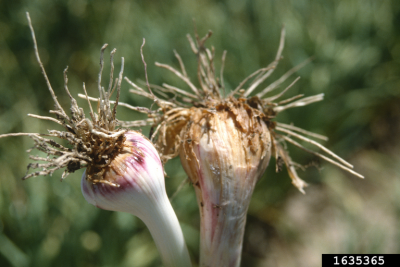
One common disease of bulbs we see here in Connecticut is Fusarium wilt and bulb rot.
Bulbs generally prefer average to loamy soil with good drainage. When planted in clay soils or following long periods of rain in early spring, however, they are susceptible to rot diseases caused by fungal pathogens such as those in the genus Fusarium. The various wilt and rot diseases caused by Fusarium species can be destructive and sometimes difficult to control. Symptoms include wilting, brown lesions at and below the soil line, vascular discoloration, bulbs that are soft or spongey, and, especially with garlic (Allium sativum) and relatives, a purple-red discoloration of bulb tissue. Plants affected by this soil-borne fungal disease do not recover, so it is wise to be proactive with management and prevention.
If your bulb plants do not emerge properly in the spring or emerge but wilt soon after, fail to flower, or display other symptoms associated with root rot diseases, pull them up and throw them away! Fusarium and similar fungal pathogens often survive the winter in the soil on diseased plant tissue from the year before, so it is important to keep your garden clean and to not compost diseased plant tissue, as most home compost bins do not reach temperatures necessary to kill pathogens. Fungi like Fusarium thrive in soggy soils, so do your best to prevent flooding and standing water where bulbs are planted. There are no fungicides that will completely control or eradicate Fusarium in a landscape, but some are helpful with preventing infection of healthy plants. Remember to always wear protective equipment and follow label rates and instructions if you choose to apply fungicides.
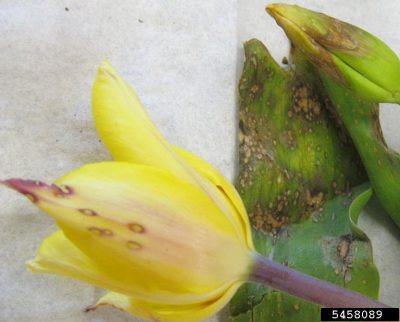
Another common fungal disease of bulbs grown here in the Northeast is Botrytis gray mold or tulip fire. Fungi in the genus Botrytis cause disease symptoms on many different host plants. Though it is often called “gray mold” when associated with other plants, for tulips, the disease is usually called “tulip fire” due to the spots it causes on leaves and flowers, often with dark borders resembling a burn.
Botrytis fungi are very common and are capable saprophytes, meaning they feed on dead or decaying tissue and contribute to nutrient cycling in the environment, but can be problematic in managed landscapes. To cause disease, Botrytis fungi must first colonize and get nutrients from dead or declining plant tissue, such as fading flower petals, over-ripened fruit. Once the fungus is established in its host plant, it becomes more aggressive and invades healthy plant parts, causing brown lesions and decay.
To prevent Botrytis gray mold and tulip fire, try to encourage good airflow around your plants. Many people plant their bulbs closely together, like eggs in a carton, but this can make bulbs susceptible to tulip fire over time when treated as perennials. Dig up your tulips when they appear crowded, and each year when dealing with a potential disease issue. Inspect bulbs before you plant them again, and discard bulbs that are not firm, discolored, or otherwise do not appear healthy. Rotate to new locations and avoid planting consecutively in the same spot if there has been a history of disease there.
If you have questions about growing bulb plants, are dealing with a plant health issue, or regarding other gardening topics, feel free to contact us, toll-free, at the UConn Home & Garden Education Center by emailing ladybug@uconn.edu. You can also call us at (877) 486-6271, visit our website at www.homegarden.cahnr.uconn.edu, or contact your local Cooperative Extension center.
The Ladybug Blog

 UConn Ladybug Blog
UConn Ladybug Blog
- Mulch Calculations in the Bag! April 12, 2024
UConn Integrated Pest Management (IPM)
The UConn IPM program educates growers and the general public about the judicious and safe use of organic and synthetic pesticides and alternative pest control methods. The program incorporates all possible crop management and pest management strategies through knowledgeable decision-making, utilizing the most efficient landscape and on-farm resources, and integrating cultural and biological controls.
Connecticut Invasive Plant Working Group (CIPWG)
The mission of the Connecticut Invasive Plant Working Group is to gather and convey information on the presence, distribution, ecological impacts, and management of invasive species; to promote uses of native or non-invasive ornamental alternatives throughout Connecticut; and to work cooperatively with researchers, conservation organizations, government agencies, green industries, and the general public to identify and manage invasive species pro-actively and effectively.
Ticks & Tick Testing
The two species of ticks most likely to be encountered in Connecticut are the wood or American dog tick (Dermacentor variabilis) and the smaller black-legged tick (Ixodes scapularis and Ixodes pacificus) often called the deer tick as white-tailed deer are a favored host. Both carry diseases but it is the black-legged one that can transmit Lyme disease, human babesiosis and human granulocytic anaplasmosis.
Connecticut Veterinary Medical Diagnostic Laboratory - Tick Testing Options
Connecticut Agricultural Experiment Station-Information on Submitting Ticks
CAES: Spotted Lanternfly, New Invasive Insect
The Spotted Lanternfly, Lycorma delicatula (White), an invasive planthopper, was discovered in Berks County, Pennsylvania in 2014. It is native to China, India, Vietnam, and introduced to Korea where it has become a major pest. This insect attacks many hosts including grapes, apples, stone fruits, and tree of heaven and has the potential to greatly impact the grape, fruit tree, and logging industries. Early detection is vital for the protection of Connecticut businesses and agriculture.
Plant Diagnostic Laboratory
The UConn Plant Diagnostic Laboratory diagnoses plant problems including diseases, insect pests and abiotic causes.
Soil Nutrient Analysis Laboratory
The Soil Nutrient Analysis Laboratory processes about 14,000 soil samples annually. Samples are routinely tested for a variety of major and minor plant nutrients, lead and pH.
